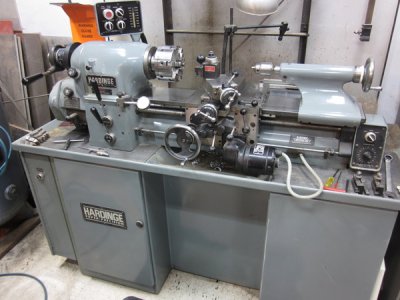- Joined
- Jan 1, 2013
- Messages
- 185
I think so. As stated earlier, I have no experience with the 10EE, but my general impression is if your men cannot make the required part on one, you need different men or a machine other than a lathe. A different lathe would be of no value.
Now I think you can tell us if the Monarch EE is worth the price. I also think your answer is going to be "Yes".
Bill
Now I think you can tell us if the Monarch EE is worth the price. I also think your answer is going to be "Yes".
Bill


